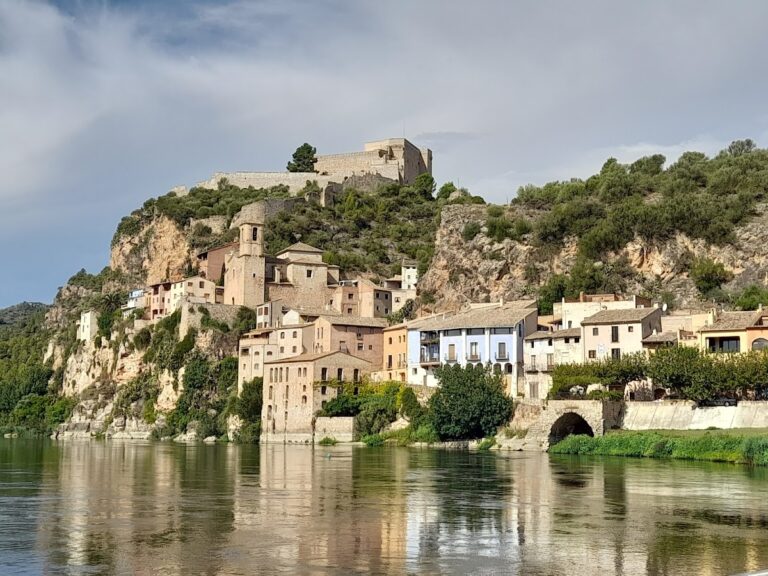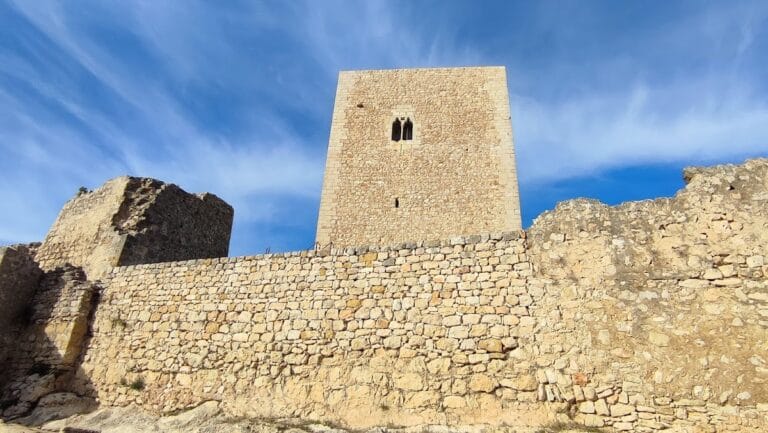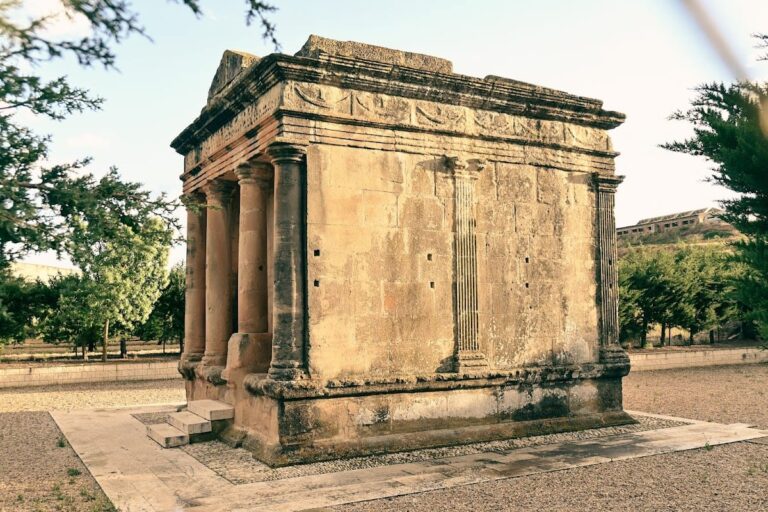Suda de Tortosa: A Medieval Fortress in Spain
Visitor Information
Google Rating: 4.4
Popularity: Medium
Google Maps: View on Google Maps
Official Website: mobi.parador.es
Country: Spain
Civilization: Unclassified
Remains: Military
History
The Suda de Tortosa is a medieval fortress situated in the city of Tortosa, located in modern-day Spain. Its origins trace back to early inhabitants of the area, with initial fortifications established during the Roman era, reflecting the site’s long-standing strategic importance.
During the period of Muslim rule, the fortress underwent significant development, particularly under the caliph Abd ar-Rahman III. The castle’s name, “Suda,” derives from Arabic, meaning castle or fortress, underscoring its Islamic heritage. This era enhanced the structure and established it as a key stronghold within the region.
In the 12th century, the castle played a central role in the Christian Reconquista. In December 1148, the fortress was seized by Ramon Berenguer IV. According to the writings of Cristòfor Despuig, the victorious count divided the castle into three parts as a reward to the knights who first climbed its walls. These portions were granted to Guillem Ramon I de Montcada, Pere de Sentmenat, and retained by Ramon Berenguer IV himself. Following this conquest, the castle became the residence of the Montcada family and also served the Knights Templar, who had supported the campaign.
King James I of Aragon later chose the Suda as his preferred residence. From this stronghold, he launched military efforts to reclaim territories such as Morella, Peníscola, and Burriana. The castle thus served as a strategic base in his expansion of the Aragonese realm.
By 1294, Tortosa came under direct royal rule, prompting a transformation of the fortress into a royal palace. This period saw the addition of new living quarters and strengthened defenses. During the tenure of Infante Ferran as Marquis of Tortosa, the castle remained under his command until 1363. At that time, King Peter IV, known as the Ceremonious, recovered control over both the fortress and the city’s jurisdiction. He oversaw further expansion of the Suda, reinforcing its military and administrative roles.
Throughout the medieval period, the castle also housed a court of justice, reflecting its function as a center of governance. Over subsequent centuries, particularly in the 17th and 18th centuries, the site was expanded and adapted to connect two neighboring hills, creating a larger and more integrated defensive complex.
Remains
The Suda de Tortosa presents a layered architectural history blending ancient foundations with medieval and later modifications. The fortress layout incorporates adjoining houses that originally formed part of the earliest urban settlement, which the castle protected on its rear flank. Roman fortifications underlie much of the site, though these have been enveloped by additions from later periods.
Among its preserved features are three ancient fireplaces and four large windows that exhibit the Catalan Gothic style, visible today within the structure that now serves as the city’s tourist office. These openings highlight the residential character the fortress assumed, particularly after becoming a royal palace.
The fortress also retains an armory, known as an arsenal, indicating its ongoing military function. Central to the castle’s infrastructure is a large, deep well boasting a wide diameter. Surrounding this well are underground galleries which contain the remains of an old mill and two ovens, pointing to the castle’s role in supporting daily life and sustenance needs within the fortified complex.
Near the entrance to the castle lies a Muslim cemetery, where archaeological excavations uncovered important epigraphic artifacts. Among these are a 10th-century epitaph mentioning a city governor and a funerary chest lid inscribed with verses from the Quran in Kufic script, a style of early Arabic calligraphy. These finds are preserved today in the municipal museum, providing tangible connections to the castle’s Islamic past.
The fortification system visible now reflects centuries of adaptation, with the original Roman walls largely concealed beneath the substantial 17th and 18th-century constructions that joined two adjacent hills. This unification formed a more extensive defensive network, illustrating the continuous strategic importance and evolving military architecture of the Suda through the ages.





